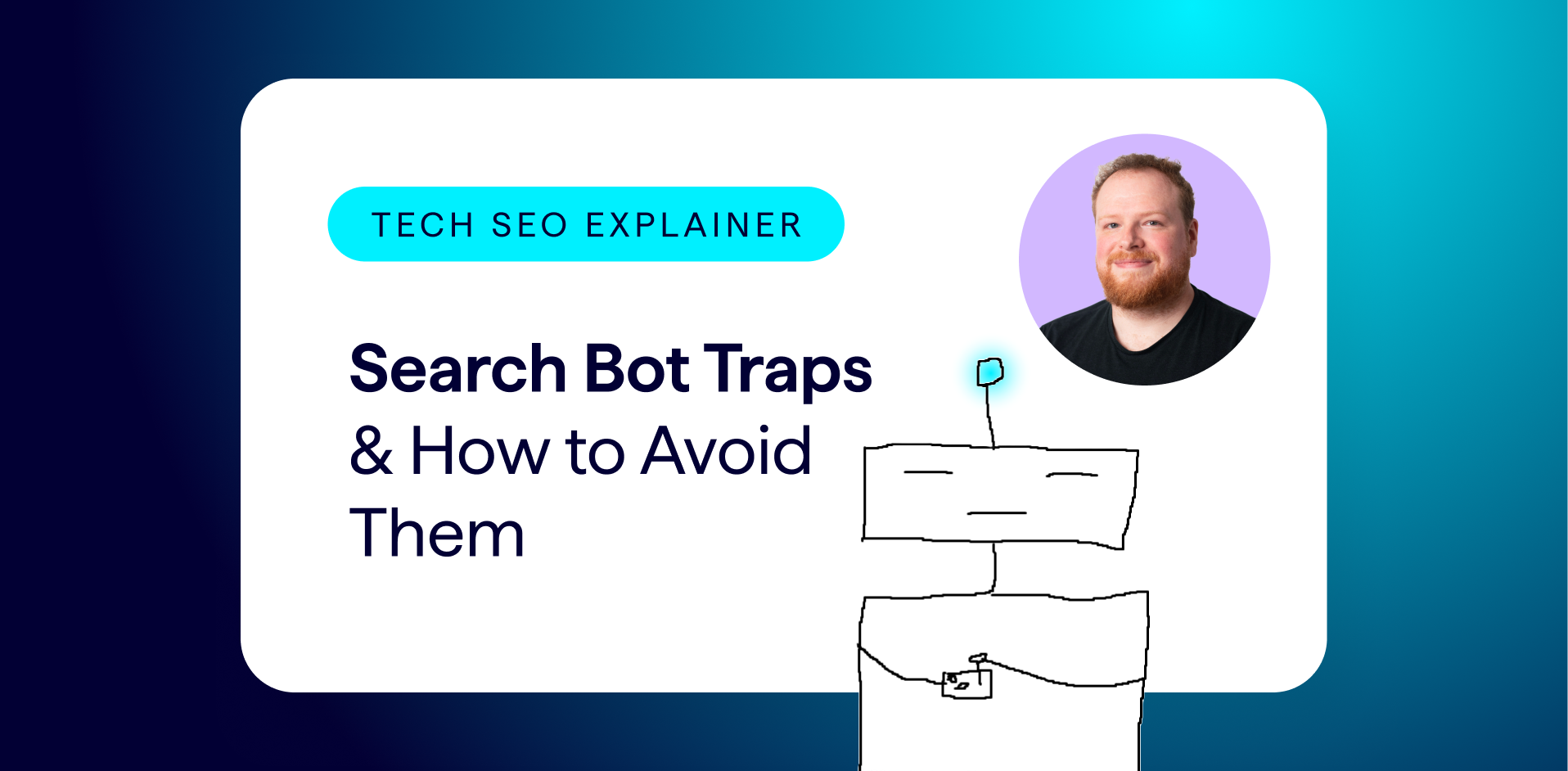One of the biggest takeaways from our recent DeepCrawl Live summit is that digital business is moving into a new epoch.
Coronavirus and social issues are having a massive impact. And as former COO of Google Europe Ben Legg details in his presentation, data and customer expectations are already disrupting the practices of many senior marketers. CEOs need their CMOs to be able to handle this disruption.
Legg’s mission is simple: to help CMOs not get fired.
His presentation draws on his own experiences and the research he carried out when writing his book Marketing For CEOs: Death or glory in the digital age. It offers a number of memorable takeaways for the C-suite across three key areas: strategy, organization, and execution.
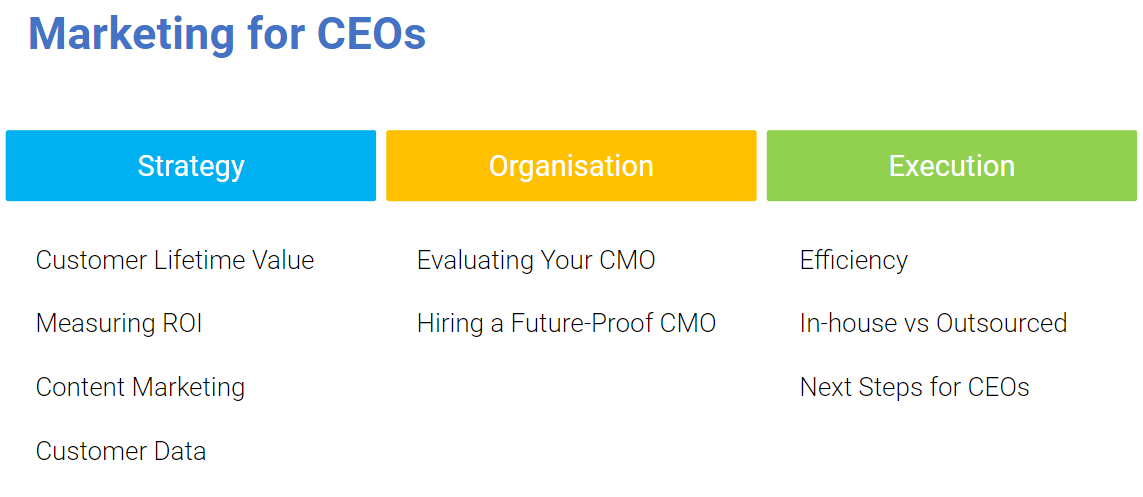
Access Ben Legg’s full session from DeepCrawl Live 2020 here
Strategy: mastering customer lifetime value
The crucial strategic change for CMOs according to Legg is understanding customer lifetime value (CLTV).
‘There are frameworks in the past like the four Ps [product, price, place, and promotion] and they’re not invalid, but they’re not the complete picture,’ he says. ‘The complete picture is the CLTV.’
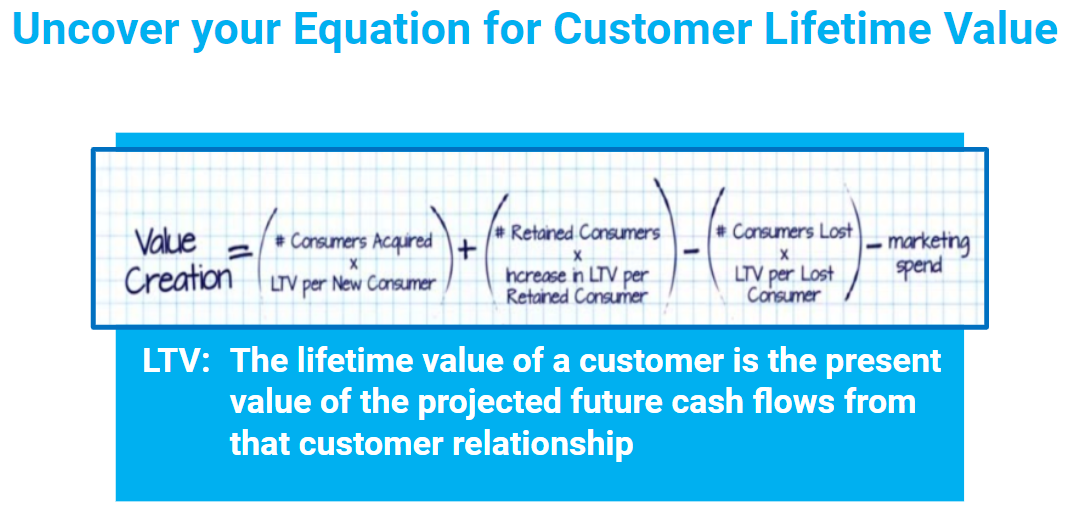
Legg uses the example of pizza delivery to bring CLTV to life. If we look at pizza delivery ROI from a transactional point of view, we might see a profit of $7 on an average $15 sale which costs $8 to deliver (ingredients, staff, promotion, etc.).
But we know that customers order pizza more than once. This value changes if, for example, we understand that their average order rate is 12 pizzas per year and that they tend to stick with a pizza delivery service for five years.
‘The cumulative profit in that lifetime is $420,’ Legg says. ‘A very different view of the world. If you were Dominos, would you rather pay $50, $150, or $300 to acquire new customers?’
At this point, any answer could be correct. But this is where actual data about customer order values, frequency of purchases, etc. starts to trump working with averages. Clearly, paying $50 to gain $420 profit over five years is preferable to paying $300. But, if we consider that certain pizza-loving customers might spend $22.50 per order, 26 times a year, over 10 years, a $300 outlay for $2,300 profit is a good investment indeed.
Of course, in terms of data available and the thousands of ways we can segment our customers, we can see that the pizza analogy oversimplifies this massively. There aren’t just high value, middling value, and low-value customers. There are all kinds of different value customers in-between. And they engage with and respond to, all the varying methods of marketing in different ways.
The fundamental issue is: if your company isn’t recognizing CLTV, but your competitor is, you will lose out.
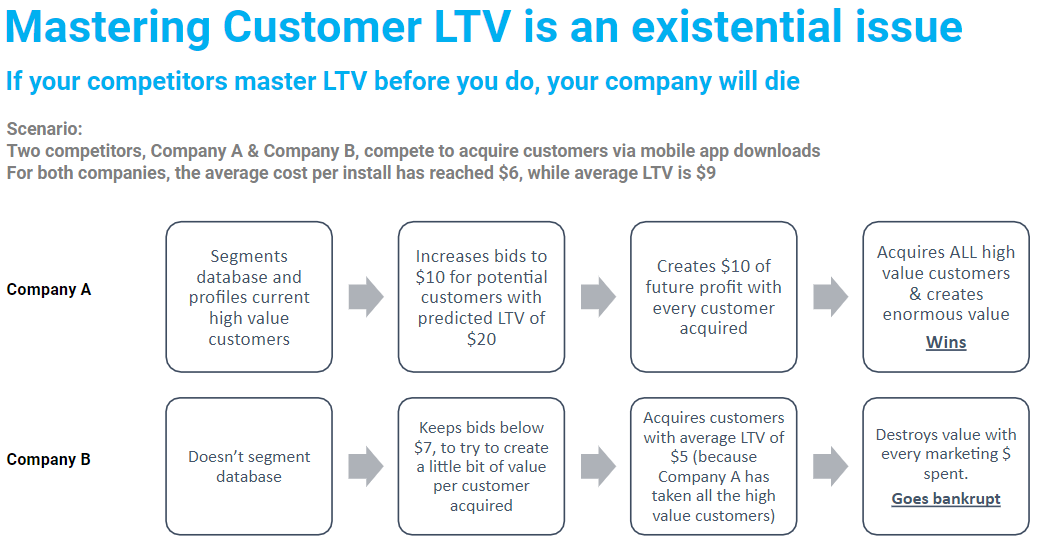
In order to survive against competitors (and not get fired!), CMOs today need a solid CRM database to get as close to a comprehensive view of their customers as they can.
They need to be working closely with analysts (or to be on top of analytics themselves) so they can crunch that data, measure ROI across segments, and target marketing investments accordingly.
Organization: evaluating CMOs
Legg calls on CEOs to evaluate their current CMOs.
It serves as something of a checklist for both parties. CEOs can go through the skills that senior marketers need in today’s digital world, while CMOs themselves can use it to reflect upon the areas in which they are succeeding, as well as those they need to improve on.
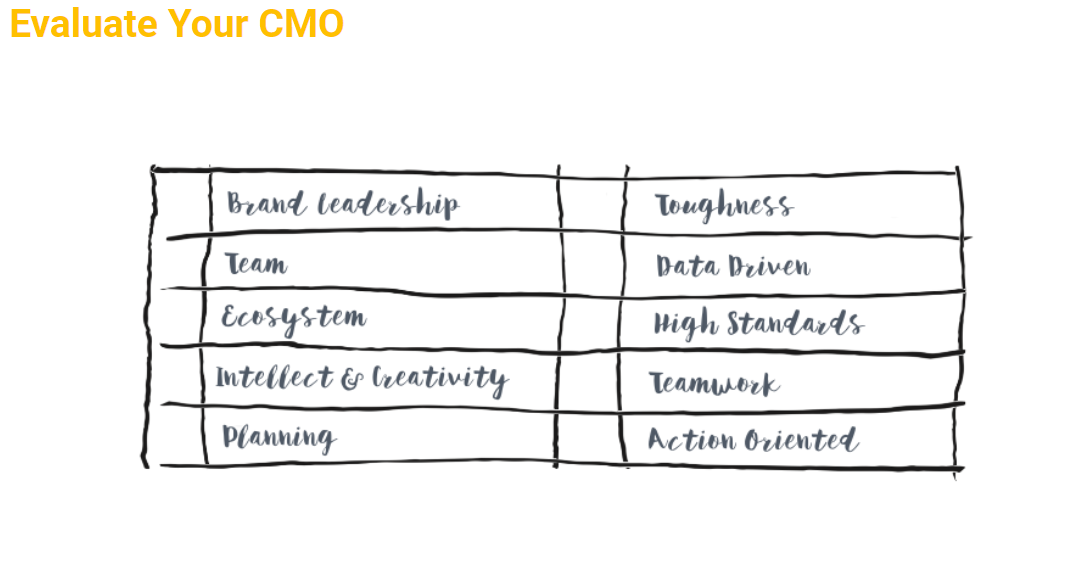
‘There are some obvious things that are perennial,’ Legg says. ‘Are they good at building a brand? Are they good at leading a team? But there are also some much more modern things. Do they understand the current ecosystem of platforms, and data, and agencies? Do they understand what should be done in-house vs. outsourced? Can they get their head around auctions and CLTV and mobile and social etc.?’
There is also a need today for CMOs to be action-orientated.
It was crucial beforehand, but the coronavirus pandemic has really highlighted how important it is for businesses to be agile in the face of disruption.
‘Any CMO that won’t roll their sleeves up and just get stuff done fast is probably not the right person,’ Legg says. ‘In essence, hiring a better CMO is hiring someone who will pass that assessment.’
Execution: prioritizing efficient marketing channels
Legg’s tips for execution really hinge on efficiency.
He points to reducing ‘fancy’ content creation – such as TV ads with celebrities – and using that investment on other, cheaper, forms of content.
On top of that, CMOs can work to eliminate fraud and low-value impressions – saving money and improving media planning there.
They can reduce ecosystem margins – to get better value from the agencies they choose to work with.
But Legg also suggests that perhaps the biggest efficiency improvement comes from better personalization and optimization – harking back to what we covered with CLTV above.
In isolation, these efficiency savings might not seem like much, but they really add up.
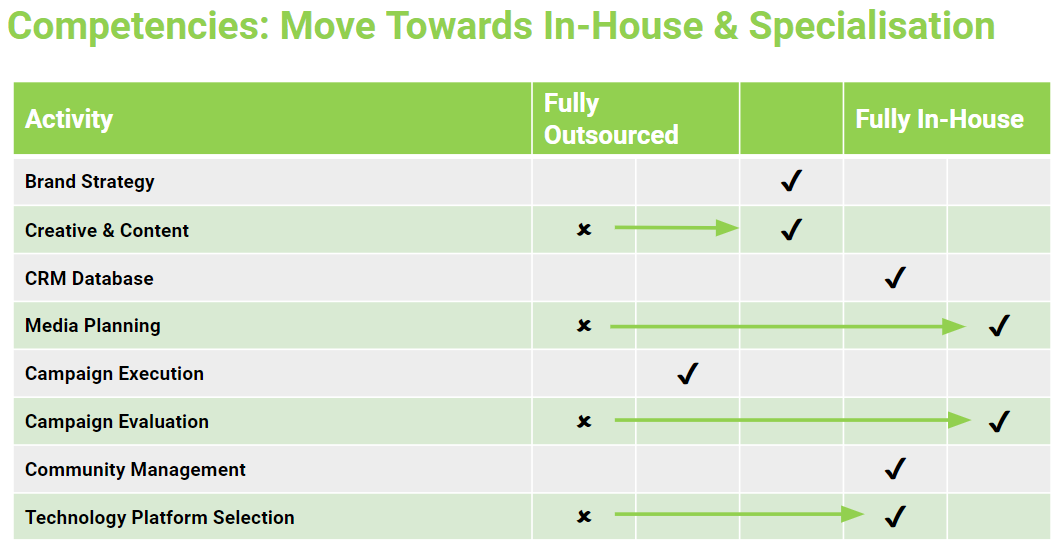
Legg also highlights the very real benefits of moving more processes in-house.
‘A lot of old school CMOs outsourced almost everything,’ he says. ‘Really bad idea. With media planning, there have been so many shenanigans with agencies spending their client’s money where they make the best margin instead of where the ROI is the best. With campaign evaluation, well that’s like putting the mice in charge of the cheese.’
Today, CMOs need to be responsible for a whole lot more than they did even just a few years ago. And CEOs need to be able to trust them to be in control.
Takeaways – next steps for CEOs
Legg offers seven next steps for CEOs. They really get to the heart of just what businesses need to be doing in order to survive:
- Assessments: CMO, the organization, and third-party providers
- Review your use of data and technology
- Assign responsibility for CRM database and LTV approach
- Set aligned marketing goals
- Determine CEO role as a brand steward
- End the waste and inefficiency
- Determine how you’ll stay on top of marketing changes
Competitors and market leaders are already taking these steps.
Senior marketers who don’t understand CLTV, who aren’t action-orientated, and who aren’t willing to take on more responsibilities are perhaps not best placed to be running marketing strategies in today’s digital world.
CEOs need to learn this. In doing so, they need to decide whether the CMO they currently have in place is up to the job today or whether they will be tomorrow.



